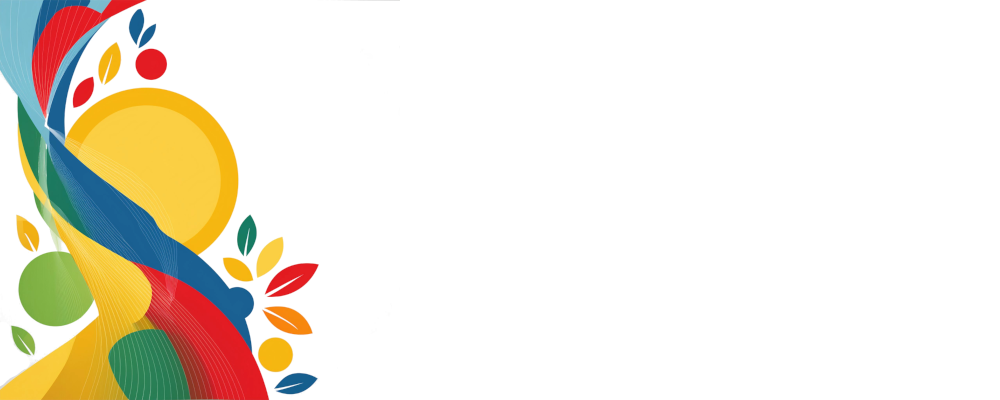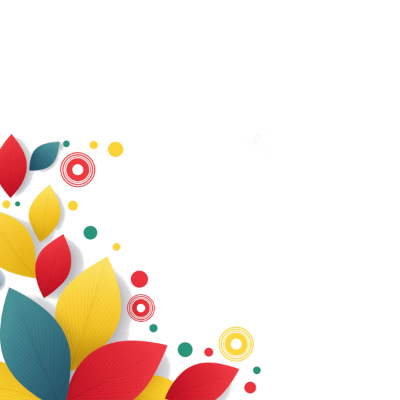Blog
My Recessive Gene is An Algorithm
I understand that a recessive gene in the DNA of humans will exacerbate our weaknesses. We have learned that near relatives shouldn’t marry because of the recessive gene concept causing physical and mental abnormalities. It will be a significant and weakening factor in human reproduction over time. It’s better to have a large gene pool – mix up the recessive genes. Diversity rules.
An algorithm is software that examines thousands of samples. The larger, the better is the current thinking. It finds patterns both obvious and obscure. Public Health, for example, asks about the risk to people over the age of 70 of catching covid-19 (C-19)? We see that information every day in the media. A more complex pattern might answer why a community has a low number of cases of C-19 vs. those reporting a high number of cases of C-19.
There was a high C-19 case count amongst the employees in the meatpacking plants in southern Alberta. The conditions involving commuting patterns, family life and other aspects of living well away from the meat processing plant were not part of the algorithm. To the credit of the experts, they acknowledged this shortcoming, accepted the criticism, and vastly improved their own algorithms and subsequently updated the recommended treatment plans.
But not only businesses use algorithms when making big decisions. I also use my own mental algorithms in the same way.
As a manager of a health facility, I read all our patient feedback reports. Looking for patterns in patient satisfaction turned up ideas to tweak the service to improve our ratings.
There were very few, if any, complaints from folks with reduced mobility, using canes and wheelchairs. I was blinded to the fact our services were not accessible to them in the first place. They never even got a chance to complete our satisfaction survey. Those folks self-excluded themselves from completing the admission form.
Thanks to the help of others, I was able to see past my blind spot. I asked myself, who were we not reaching because we were not seen as being welcoming? Duh.
Fortunately, we were able to install wheelchair lifts and many other improvements. As expected, the more diverse our response to those who needed help, the more varied our patient satisfaction surveys became.
So obvious, yet so invisible.
I had to expand my understanding beyond the narrow focus, just as Public Health had to do. I threw out my net to capture more ideas beyond my narrow experience. I discovered that others had more success, and I included those ideas into my algorithm.
Here is my tough question. As older adults and seniors, can we ask ourselves the tough questions?
Take some time to think about your own internal algorithms. By working backwards from a different and better future, could you reach what you could now do and think differently? A tough challenge, I know.
My thanks to St. Albert Seniors Association: 780-459-0433 for making this Blog possible.
Glenn Walmsley
Volunteer









